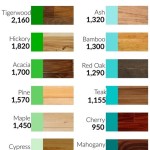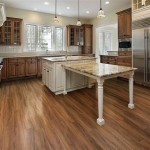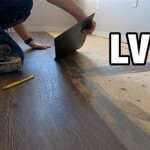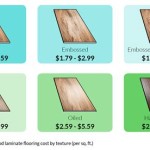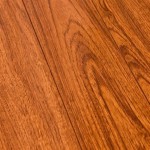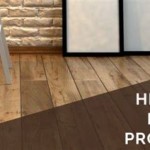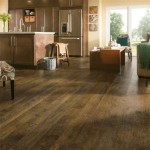Essential Aspects of Average Thickness of Hardwood Flooring
Hardwood flooring, a timeless and elegant choice, adds warmth, character, and value to any home. Understanding the average thickness of hardwood flooring is crucial in selecting the right product for your needs and ensuring its longevity. This article delves into the significance of thickness, its impact on durability, and the various options available.
Why Thickness Matters
The thickness of hardwood flooring is a testament to its durability and performance. A thicker floor is generally less susceptible to wear, dents, and scratches. It can withstand heavier foot traffic and is more resistant to damage from furniture and appliances.
Standard Thickness Ranges
Hardwood flooring typically ranges in thickness from 3/8 inch to 3/4 inch.
- 3/8 inch: This is the thinnest option and is suitable for areas with light to moderate foot traffic, such as bedrooms and closets.
- 1/2 inch: A popular choice for living areas, this thickness offers a good balance of durability and affordability.
- 5/8 inch: Ideal for high-traffic areas like kitchens, this thickness provides increased strength and stability.
- 3/4 inch: The thickest and most durable option, this is recommended for commercial settings or areas with heavy use.
Factors to Consider
When choosing the thickness of your hardwood flooring, consider the following factors:
- Foot traffic: The amount of foot traffic in the area will determine the required thickness.
- Subfloor: A weaker subfloor may require a thicker flooring to provide adequate support.
- Moisture levels: Thicker flooring is less prone to warping and buckling in areas with fluctuating humidity levels.
- Budget: Thicker flooring generally costs more than thinner options.
Additional Considerations
In addition to thickness, consider the following for a successful hardwood flooring installation:
- Acclimation: Allow the flooring to acclimate to your home's temperature and humidity before installation.
- Underlayment: A proper underlayment provides cushioning and sound absorption.
- Professional installation: Ensure proper installation to avoid future problems.
- Maintenance: Regular cleaning and maintenance will preserve the beauty and longevity of your hardwood flooring.
Conclusion
The average thickness of hardwood flooring is a crucial aspect to consider when selecting the right product for your home. By understanding the various thickness options and their impact on durability, you can make an informed decision that meets your needs and enhances the overall appearance and value of your space. Remember to consult with flooring professionals to ensure proper installation and maintenance for a lasting and beautiful hardwood flooring.

What Is The Normal Thickness Of Flooring Wood And Beyond Blog

What Size Does Wood Flooring Come In And Beyond Blog

Solid Wood Flooring Thickness Guide And Beyond Blog

Wear Layers On Engineered Flooring

Our Thick 6mm Wear Layer Engineered Wood Flooring Is Better

3 4 Inch Thick Engineered Baltic Birch Ply 5 8 Mm Wear Layer

Hardwood Vs Engineered Wood Flooring Which Is Best For You Forbes Home

3 Layer T G Engineered Flooring Thickness 15 Mm Coswick Com

Types Of Hardwood Flooring Forbes Home

3 4 Inch Thick Engineered Baltic Birch Ply 5 8 Mm Wear Layer
Related Posts

